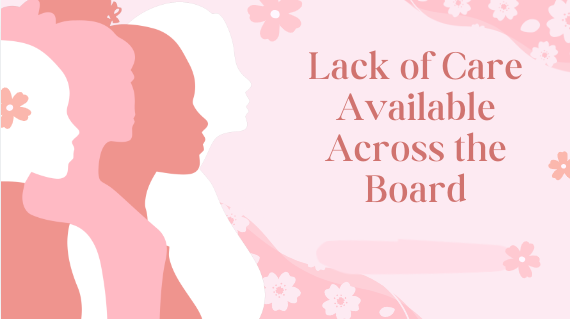Menstrual health is still ever advancing in the world, and research for women’s health only began to be recognized and officially researched in the 1980s. Women’s health is historically underrepresented, and access to healthcare for women is far more scarce than people understand. A 7% drop is expected in OBGYN care availability by 2030, with a 4% increase in need for that care, and even then only 40% of all women in the US report visiting one. Teens, now beginning periods as young as 8 years old, are not immune to this disparity with one in three being unable to access products and health services.
The high expense of menstrual products has only kept rising, and the pink tax behind it is following right behind. The pink tax is an average 5.8% increase in tax on products marketed to women, even when it’s two of the same products, simply one having a pink color. Along with this pink tax, pad prices have risen 41% nationally since 2019, and tampons 36%. Luckily for women in Texas, lawmakers passed a bill to remove the pink tax completely in June 2023, stating it unfairly burdens women and families, as pink taxes applied also to children’s products like formula.
A recent study took an interest in researching how these heavy prices affect the younger generations, ages 13-21. Many reported having to use rags or tissues as replacements for period products due to being unable to afford the prices for a disposable product, let alone the average price for a reusable cup at $20-40 that still has to be replaced every so often. The first pads hit the market in 1896, yet many women are still using wash rags as women before then had no choice. They didn’t become commonplace in stores till the 1930s and 1940s, broadening access that despite lining shelves is not seen today.
Menstrual health care is a part of everyday care for women across the world and needs to be treated as so. Just as discussions are being opened on the legality and morality of overpriced medications such as Ozempic and insulin, a discussion needs to be opened on the overpricing of women’s care.








